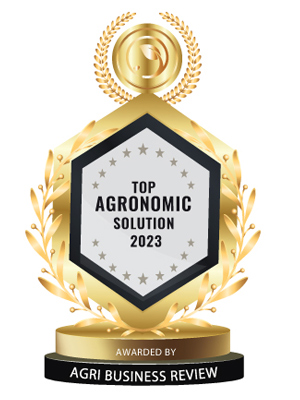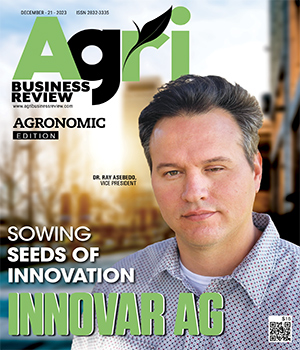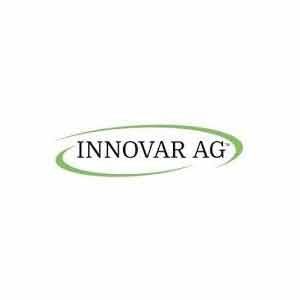Top Agronomic Solution - 2023
Anyone working in clinical trials knows how regulated the field is. For pharmaceutical companies registered in EU member states, the requirements for clinical trials have been successfully harmonized, as REGULATION (EU) No 536/2014 OF THE EUROPEAN PARLIAMENT on clinical trials on medicinal products for human use and other regulatory acts subordinated to it entered into force in 2022. Therefore, the clinical trial environment is well-established and robust, with clearly stated requirements.
When developing the generic medicine business successfully, the company should consider important issues. These include not only researching available information on the reference product and clarifying patent issues but also evaluating the potential market for the generic product
Considering the business and development strategy for generic products, it is also necessary to plan additional studies, such as bioequivalence studies, which may take place in different geographical areas. Although generic companies have clinical research departments with professional and experienced staff, outsourcing is quite common. The reasons for this can vary; for instance, better familiarity with local business culture and understanding of project procedures, which can significantly contribute to the research planning, organization, and development process, as well as compliance with various coordination and permission procedures while consuming minimal time resources. Because all participants in the clinical research industry in different regions adhere to a single common standard, namely the ICH E6 (R2) Guideline for Good Clinical Practice, and complement it with well-developed guidelines, involving vendors is significantly facilitated. Considering, that “The sponsor should ensure oversight of any trial-related duties and functions carried out on its behalf, including trial-related duties and functions that are subcontracted to another party by the sponsor’s contracted CRO(s)” the selection of the contracted part is critical.
The risk assessment-based approach has long been applied in a much broader context than just potential risks to the research subject and society. In project management as well, risk management processes offer new opportunities to increase efficiency and focus on essential aspects by performing risk-appropriate activities.
Such an approach is successfully used for the selection of Critical to Quality vendors, to whom various research processes and responsibilities would be delegated. To initially group the involved vendors according to possible risk, we, JSC “Olainfarm,” have categorized them internally into Vendor Risk Categories: high, medium, low, and very low. The primary criterion for this classification is the vendor's involvement in processes that are essential for ensuring the rights, safety, and well-being of the researched persons and the reliability of the research data.
Below are some examples of high-risk vendors: Contract Research Organization (CRO), Research Center (for Phase I research), Investigational drug manufacturer storage and distribution partner, Laboratory (central), data management and statistical analysis partner, Pharmacovigilance activities partner. This list is only a sample of the conceptual approach and should be used to adequately qualify other vendors as well. On the other hand, suppliers of various research materials, printing service providers, and logistics service providers should be mentioned as very low-risk vendors.
The planned activities of the vendor qualification process (qualification method) are linked to the determined risk category. Internal procedures provide a table specifying recommended qualification activities for different risk categories. Of course, for high-risk vendors, there is a risk-appropriate process, including a qualification audit.
Furthermore, in the future cooperation with the vendor, oversight activities and their frequency are related to the determined risk category. For example, high-risk vendors should be re-evaluated every year, assuming that a re-audit should be planned every 4 years.
In conclusion, we would like to emphasize that risk management requires a robust and at the same time dynamic Quality Management System (QMS) and openminded and professional staff to adapt to the situation and respond to changes in the risk level.
Nominate a Company
Usually, the qualified subscribers of our magazine nominate companies with whom they have collaborated and experienced exceptional results to be in this list. Did a company you recently worked with give you stellar results and ROI? Did it turn out to be one you would wholeheartedly recommend to peers? Or do you know of such an outstanding company through your network? Please fill in the details below and nominate them to be featured here.
*
Thank You!

We are glad to receive your nomination. Our editorial team and evaluation panel will review your submission. Thank you for taking the time to highlight an organization driving impactful change in Agri Business Review.
Data not inserted
\\\\ Top Agronomic Solution \\\\
\\\\\\\\\ Top Agronomic Solution \\\\\\\\\
-
-See Innovar Ag Profile
Innovar Ag
Innovar Ag is a U.S.-based nutrient efficiency company dedicated to bringing value-added, enhanced efficiency fertilizer technologies that improve the performance and environmental footprint of fertilizers, securing the future of sustainable agriculture.
Every product we bring to market meets the criteria of environmental, agronomic and economic benefits, guaranteeing optimized yields and increased profitability for our customers

Dr. Ray Asebedo, Vice President
-
Innovar Ag is a U.S.-based nutrient efficiency company dedicated to bringing value-added, enhanced efficiency fertilizer technologies that improve the performance and environmental footprint of fertilizers, securing the future of sustainable agriculture.
-
Every product we bring to market meets the criteria of environmental, agronomic and economic benefits, guaranteeing optimized yields and increased profitability for our customers
Dr. Ray Asebedo, Vice President
-




